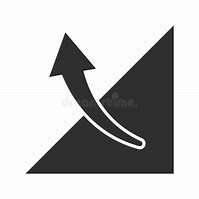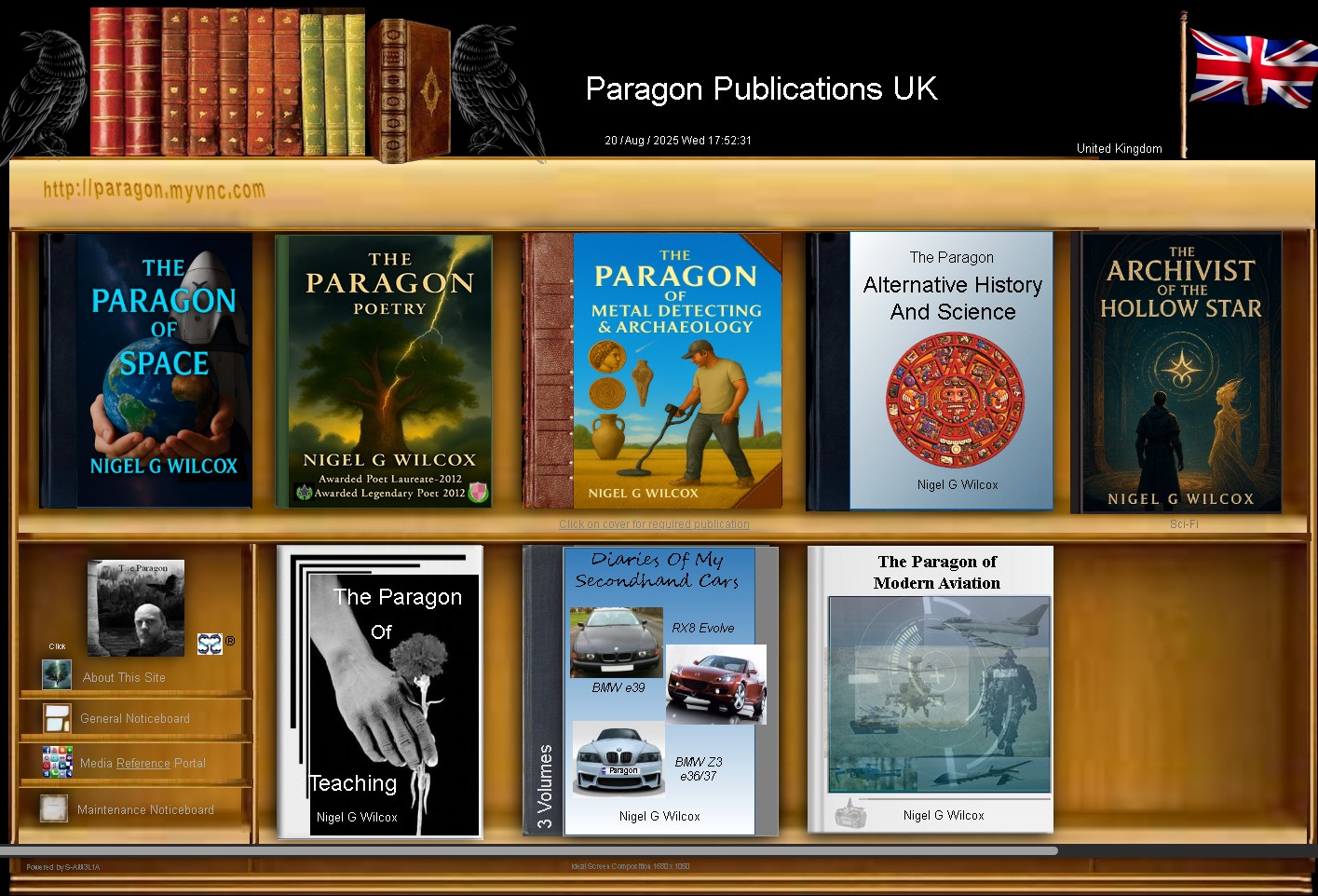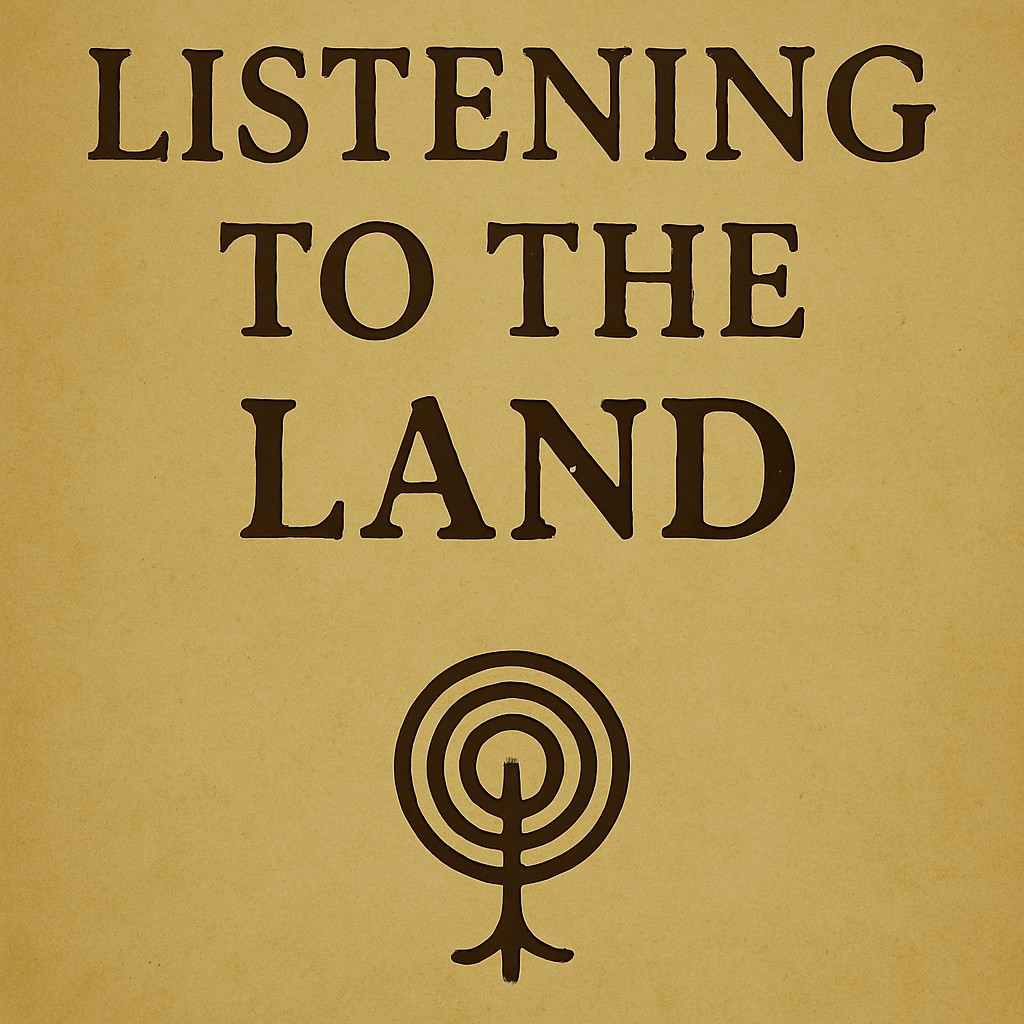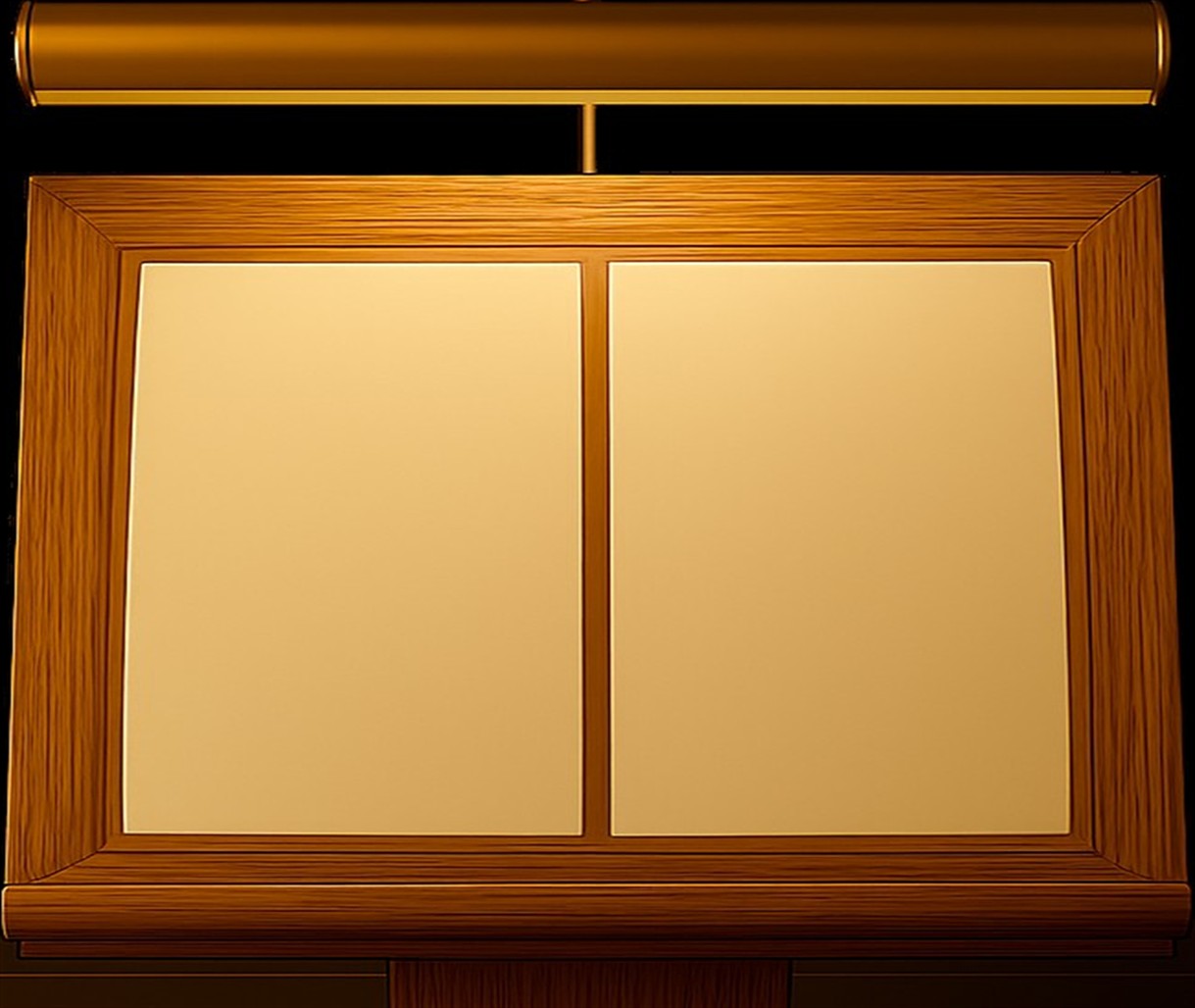© Copyright Reserved - United Kingdom
Ideal Screen Composition 1024 x 768
5
6



This book proposes that the threshold between detectorist and archaeologist is not a wall, but a doorway. Through dialogue, ritual, and responsibility, we can move from competition to collaboration. The land does not care who holds the tool, it cares how the story is told.
The divide between metal detecting and archaeology is not merely disciplinary, it is cultural, emotional and often generational. Detectorists may be retirees seeking connection to the land, weekend wanderers drawn by curiosity, or solitary pilgrims listening for echoes beneath the soil. Archaeologists, meanwhile, are trained within institutions that privilege context, stratigraphy and peer-reviewed interpretation. These worlds rarely meet on equal footing.
Yet; both practices are animated by longing. The detectorist’s coil hums with anticipation, tuned to frequencies of loss and legacy. The archaeologist’s brush moves slowly, reverently, across the surface of time. Each is searching, not just for objects, but for stories, for presence, for continuity.
Historically, this tension has been shaped by power. Archaeology has often claimed authority over the past, defining what is valuable, what is worthy of preservation and who may participate. Metal detecting, by contrast, has been framed as amateur, disruptive, even at times dangerous. The language of “looting” and “treasure hunting” (Night Hawking), has cast detectorists as threats to heritage, rather than potential custodians of it.
But this binary is dissolving and it has been slow. In the UK, the Portable Antiquities Scheme has shown that collaboration is possible. Thousands of finds have been responsibly reported, enriching national databases and reshaping historical narratives. Detectorists have become citizen archivists, contributing to the collective memory with care and precision. Archaeologists, in turn, have begun to recognise the value of lived experience, local knowledge and grassroot discoveries.
Still, the threshold remains fragile. Trust must be built, not assumed. Protocols must be clear, not improvised. And above all, the land must be treated not as a resource, but as a witness. Every artefact unearthed is a question: Who left this? Why here? What does it mean now?
This book invites both detectorists and archaeologists to step across the threshold, not to abandon their identities, but to expand them. To become custodians of memory, not just finders of things. To listen not only to the land, but to each other.
The tension is real. But so is the possibility. Between the coil and the trowel lies a shared ethic, waiting to be unearthed.




